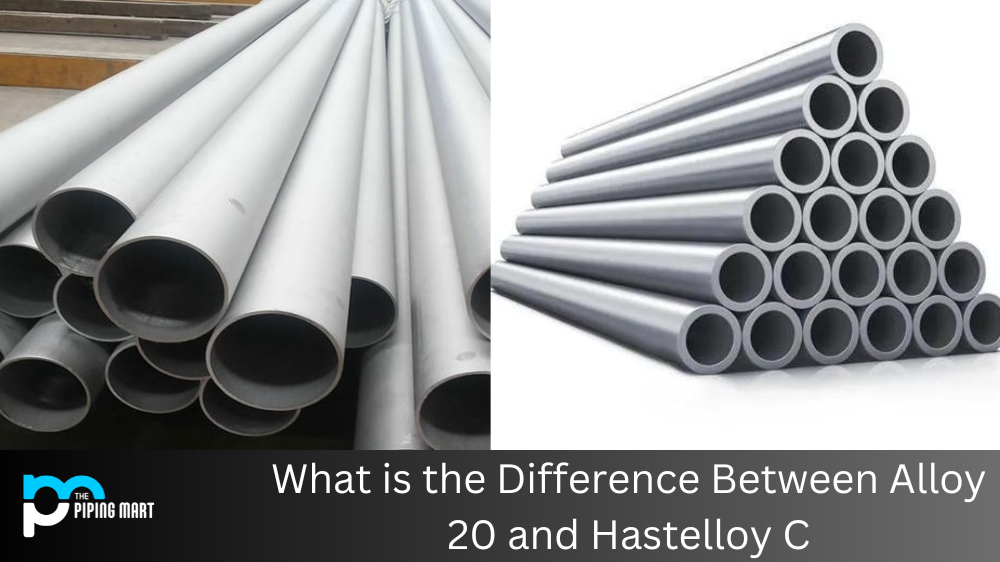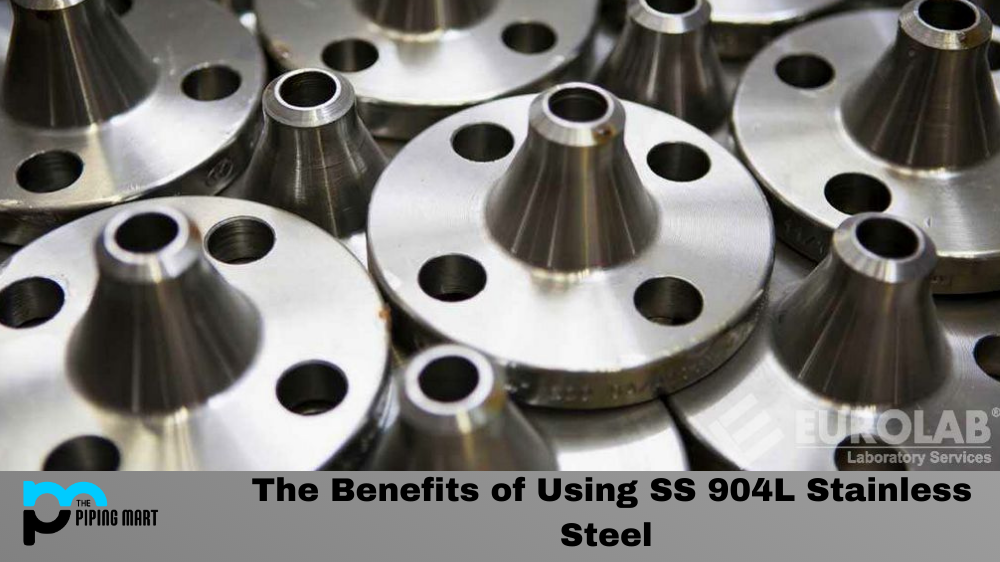Alloy 20 and Hastelloy C are two of the most popular corrosion-resistant alloys. Both alloys offer superior strength, weldability, and formability. So what sets them apart? After reading this blog post, you will better understand the differences between Alloy 20 and Hastelloy C, as well as their individual properties. Let’s dive in!
What is Alloy 20?
Alloy 20 is an austenitic nickel-iron-chromium alloy designed for maximum resistance to acid attack. It has excellent general corrosion resistance in various media such as sulfuric acid, hydrochloric acid, phosphoric acid, nitric acid, and alkaline solutions. This makes it ideal for applications where these acids are present. Additionally, it offers good mechanical properties at high and low temperatures, making it suitable for various applications, from medical equipment to chemical processing plants. It also has good weldability and formability, which make it easy to work with.
What is Hastelloy C?
Hastelloy C is a nickel-chromium-molybdenum alloy designed to provide superior corrosion resistance in various acidic media, including sulfuric acid, hydrochloric acid, phosphoric acid, and nitric acid. It also offers excellent resistance to stress corrosion cracking and pitting corrosion. Its strength at high and low temperatures makes it suitable for applications ranging from petrochemical processing to nuclear power plants. It is also easy to work with as it has superior weldability and formability compared to other alloys making it easier to fabricate or shape into components or assemblies.
Difference Between Alloy 20 and Hastelloy C
Composition
The main difference between Alloy 20 and Hastelloy C is that Alloy 20 contains carbon while Hastelloy C does not. Carbon gives Alloy 20 better machinability than Hastelloy C but also makes the alloy more susceptible to corrosion. Adding molybdenum to Hastelloy C provides the alloy with better resistance to localized corrosion than Alloy 20.
Applications
Alloy 20 is typically used in chemical processing, food processing, pharmaceuticals, and plastics due to its excellent corrosion resistance. Hastelloy C is generally used in chemical processing and waste treatment due to its outstanding corrosion resistance.
Cost
Alloy 20 is more expensive than Hastelloy C due to its higher carbon content. However, both alloys are relatively costly compared to other stainless steel alloys.
Conclusion:
Alloy 20 and Hastelloy C are excellent corrosion-resistant materials for their superior properties in many different types of acidic media. However, each alloy offers unique advantages depending on the application, so it is essential to consider each one carefully before deciding which one is best for your needs. In conclusion, each material has its unique advantages. Still, overall they both share similar characteristics, such as good weldability, formability, strength at high/low temperatures, and exceptional corrosion resistance making them both viable options for any situation where corrosion protection is key!
Sakshee is a talented blogger, with a particular focus on the Business and Metal Industry. She is passionate about sharing her insights on various metal products and helping professionals to make a better decisions.




